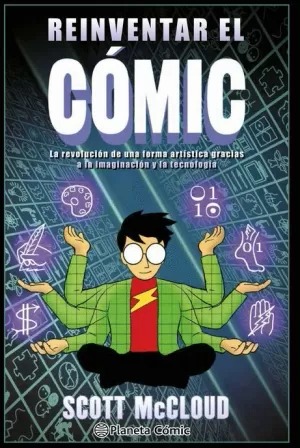
-5%
- Editorial:
- GUSTAVO GILI
- Materia
- Libros varios
- ISBN:
- 978-84-252-1989-4
- Páginas:
- 208
- Encuadernación:
- Rústica
- Colección:
- ARQUITECTURA
HABITAR LA CUBIERTA
MARTINEZ, ANDRES
35,00 €
33,25 €
IVA incluido
No disponible
35,00 €
33,25 €
IVA incluido
No disponible
Añadir a favoritos
Table of contents: Prologue The precursors. Atemporality and artifice The vernacular as spontaneous response Classical myth 1850-1950. The blossoming of the turn of century The awakening of a technology From hygenism to eugenics The urban component The dispute about the flat roof (final hypothesis about form) The roof-terrace crusade The drift towards contemporaneity The customary landscape The thick roof The pedestrian roof The green roof The stepped roof The platform roof The penthouse The playground The urban roof The roof as a work of art Bibliography Photo credits |
'From time immemorial man has wanted to get up onto the roof'.
Le Corbusier
The truth of this Le Corbusier statement cannot be denied, since the desire to occupy and utilise roof space is a common denominator of all historical eras, architectural styles and typologies.
Dwelling on the Roof attempts to uncover the reasons behind this time-honoured impulse, to make sense of its historical periodisation and to analyse its formal expressions. The result is a hybrid essay involving theory, history and building design. The narrative thread places a particular emphasis on the period between 1850 and 1950, an epoch in which totally new techniques and aesthetic rules come to the fore, leading to the blossoming of a special concern with turning the roof into an inhabitable space.
The book ends with a selection of projects from the last fifty years which have continued to develop this theme, with works by modern architects such as Alejandro de la Sota and Giancarlo De Carlo, and contemporary ones like Foreign Office Architects and Kazuyo Sejima.






